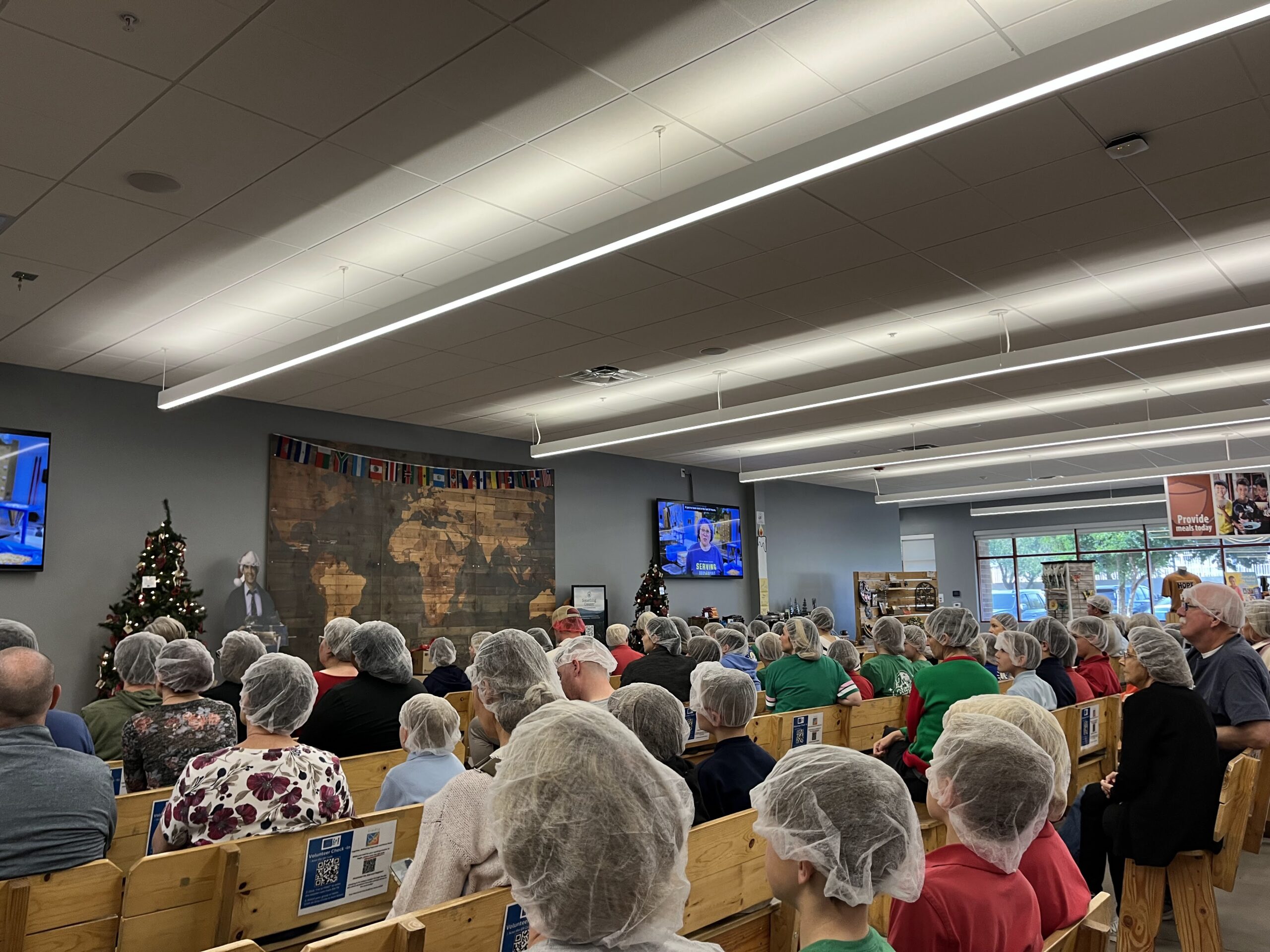I had an opportunity to volunteer at Feed My Starving Children (FMSC), and I came away amazed not just by their achievements, but by how well they’ve built everything around their mission.
Most nonprofits struggle to balance compassion with coordination, but FMSC has somehow mastered both. They’ve built a machine that blends technology, logistics, marketing, branding, capital, man-power, the spirit of competition and goodwill into something that feels more like a community celebration than charity work.
Turning Labor Into Leverage
Running any operation, even nonprofits, costs money. Labor, especially in developed countries, is expensive. But FMSC has flipped that challenge on its head. They use volunteers, and the volunteers are also part of their marketing.
Almost everyone in their packing facilities is a volunteer, from the people sealing bags to those stacking boxes on pallets. And yet, it doesn’t feel like “work.” They’ve made volunteering fun by gamifying the whole process.
The Joy of Packing Meals
When I joined, our group had six packing stations competing to see who could pack the most meals. Every few minutes, someone would shout out, announcing that one more box had been packed, everyone would cheer, and we’d push to beat the other tables. In just two hours, our group packed over 44,000 meals, enough to feed thousands of children. This would not be possible without FMSC’s fantastic planning and execution.
There’s music, energy, laughter, and a sense of friendly rivalry that makes time fly. It’s smart design: people want to help, but they also want to feel like they’re part of something exciting and effective. FMSC gives them exactly that.
The Tech Behind the Impact
What impressed me most, though, was the technology behind the experience. Everything runs smoothly because of their website and digital systems.
You sign up online, pick a location and time slot, get email reminders leading up to your shift, and even receive a confirmation after you check in at the facility. The website isn’t just functional, it’s strategically built to eliminate friction at every step.
It also handles:
- Volunteer scheduling and time slot management
- Group coordination (for schools, churches, or companies)
- Donations and meal sponsorships
- E-commerce for artisan goods made by communities in places like Haiti
- Impact tracking and progress updates
The entire volunteer experience — from sign-up to packing — feels like it’s been engineered for engagement. And that’s where FMSC really stands out. They’ve invested in systems that scale generosity.
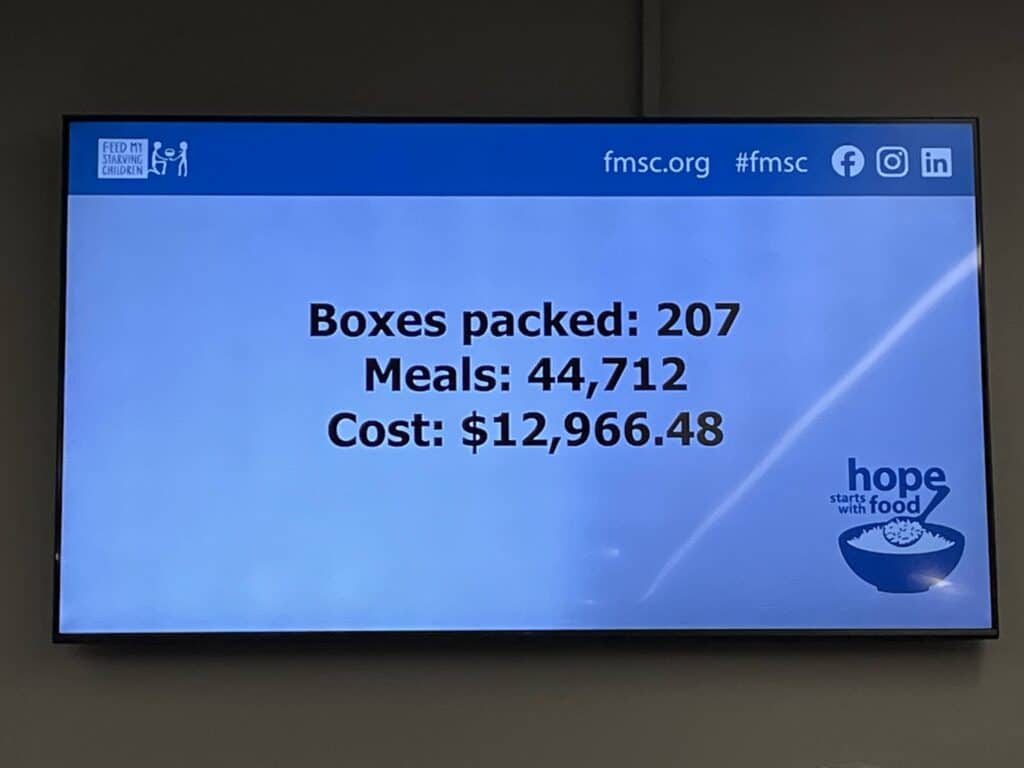
Trust and Transparency
People give their time and money when they can trust it’ll make a difference. FMSC reinforces that trust beautifully. Every session begins and ends with real numbers, how many meals you packed, how many kids that feeds, and where it’s going.
They also partner with schools, churches, and local organizations in Africa, Haiti, and other countries to ensure the food gets where it’s needed most. You can see the results right there on their website, stories of children who are healthier, growing, and even able to go to school because of these meals.
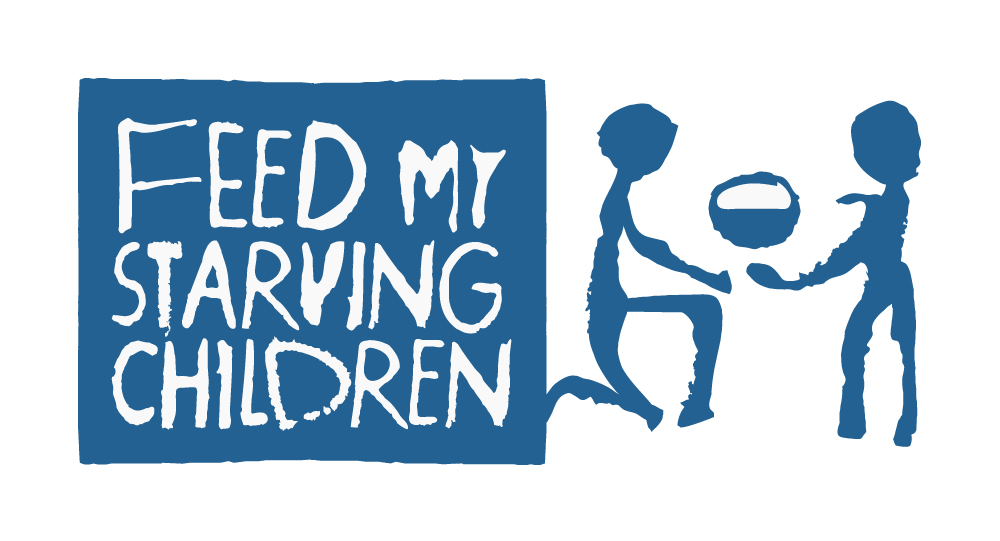
Engineering Hope
Their signature product, MannaPack Rice, is another brilliant example of practical engineering. It’s a carefully formulated blend that provides all the basic nutrition a child needs, easy to store, easy to ship, and hard to spoil.
It’s so efficient that I found myself wondering if I could buy some for myself. It’s like a “universal meal,” designed purely for function.
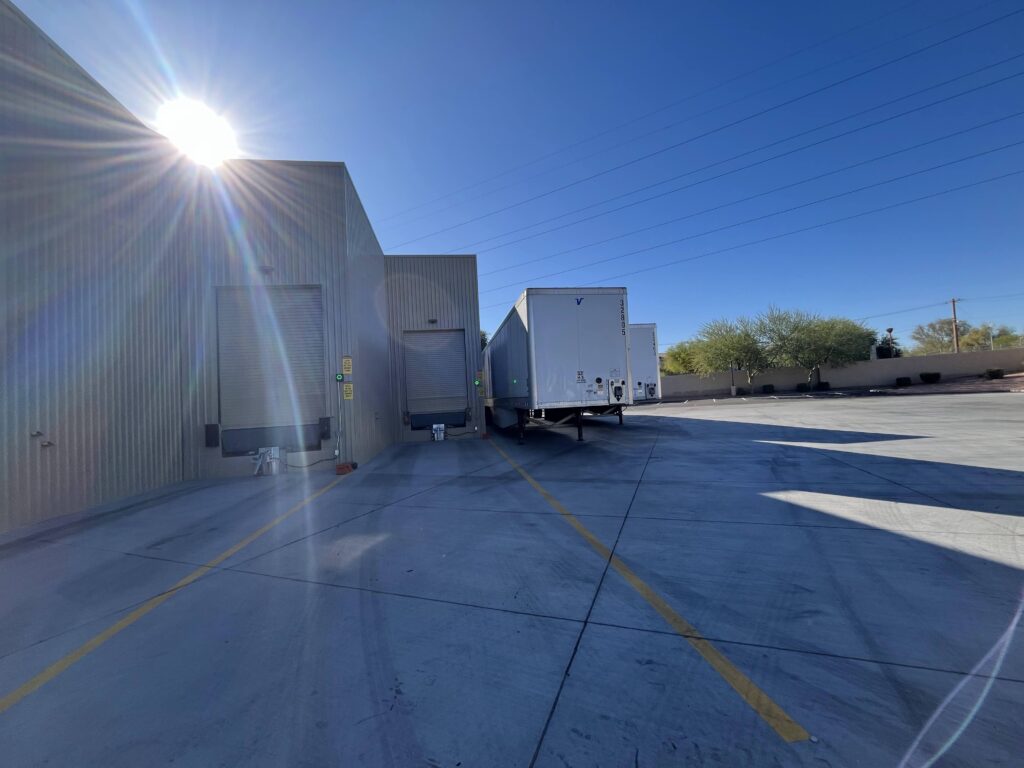
A Place for Everyone
What struck me most during my visit was the mix of people. Seniors, kids, entire families, all working together. Some came with churches or schools, others with coworkers. For a few hours, everyone is focused on a shared mission.
And because the process is so streamlined, both in person and online, the barrier to entry is almost nonexistent. You just sign up, show up, and make a real impact. That’s what good technology should do.
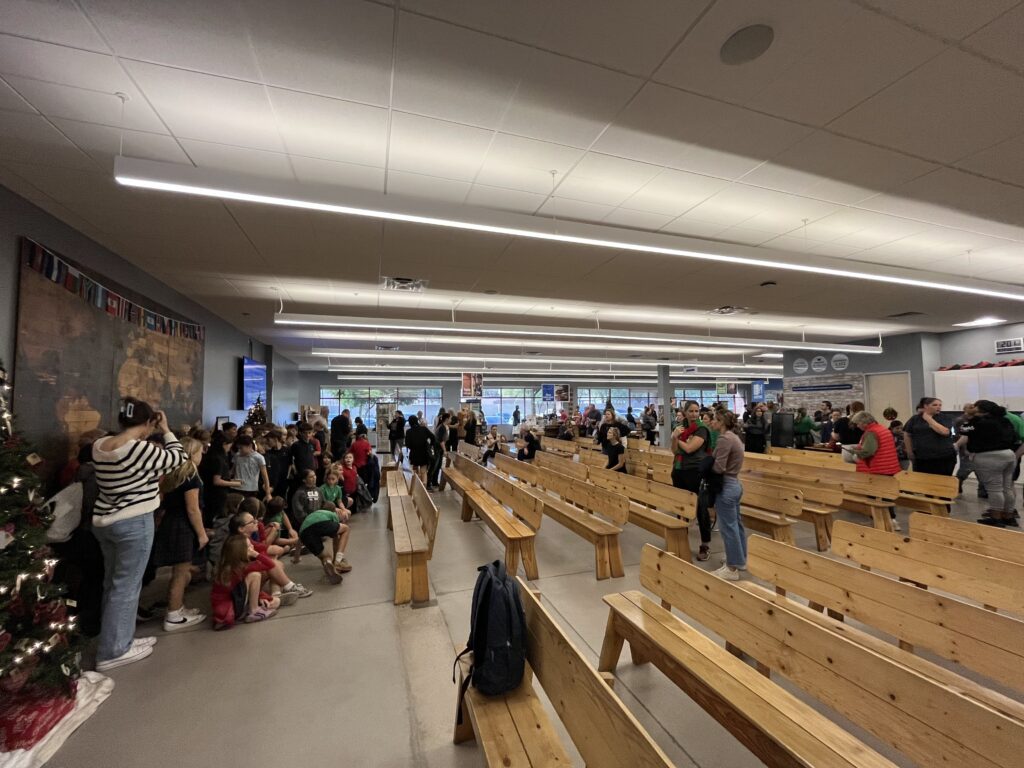
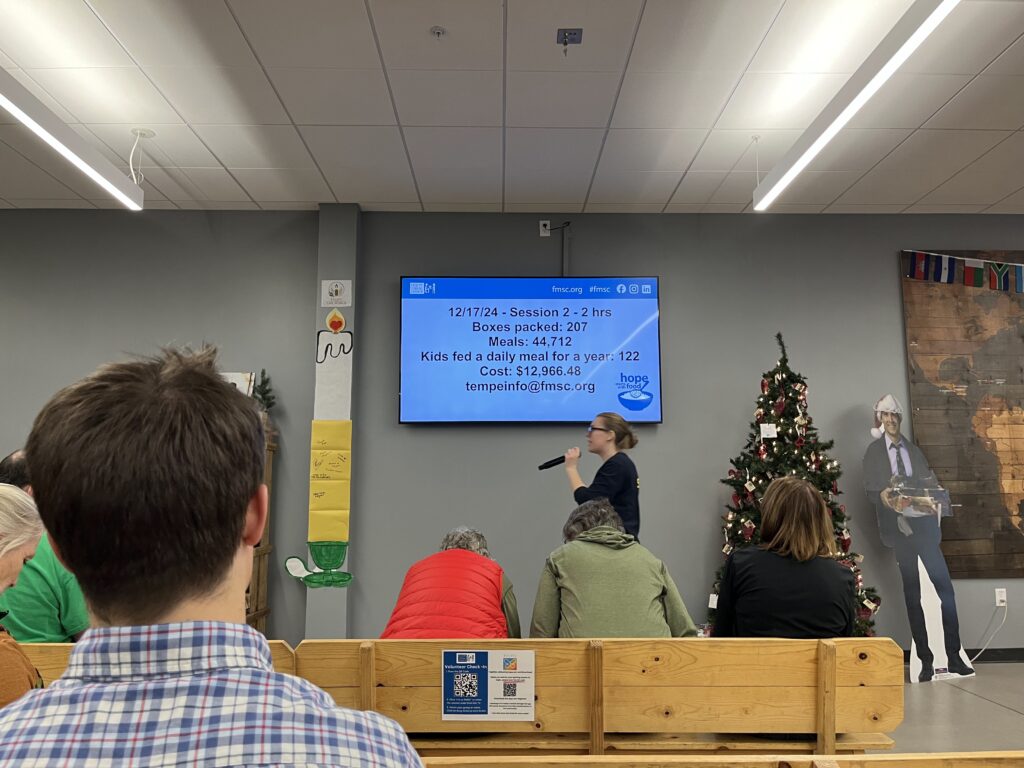
Why FMSC Works
Feed My Starving Children doesn’t just rely on compassion. It designs for it. From the way they automate volunteer scheduling to how they communicate results, every part of the experience is intentional.
It’s not just a nonprofit, it’s a tech-enabled movement built around human connection. And it works.
Volunteering at FMSC has been quite a learning experience for me. And I hope other firms can also replicate how FMSC is running the operation.
I’ll definitely be going back. And I’ll be telling everyone I know to try it, not just because it feels good to help, but because it’s inspiring to see how smart design and engineering can turn goodwill into global change.
